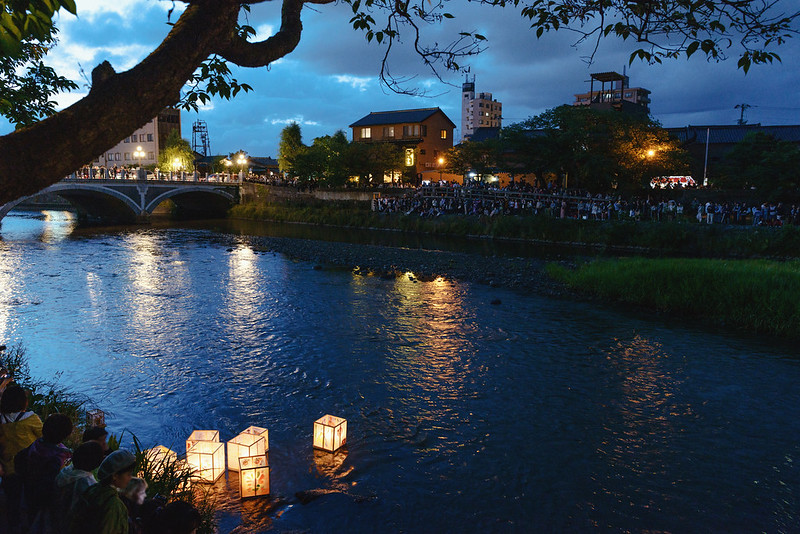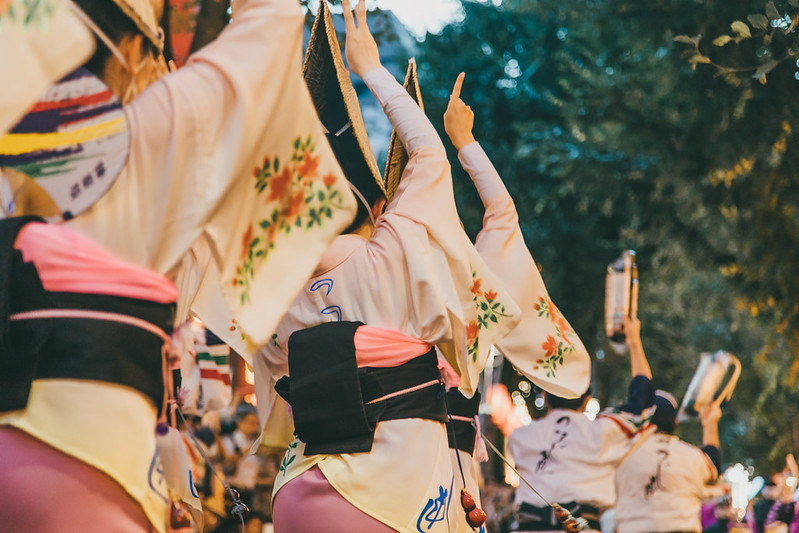
Celebrating the Obon Festival
The Obon Festival in Japan is something like All Souls’ Day in the United States and other parts of the world. Obon is a Buddhist custom that honors the ancestral spirits. During this national holiday, Japanese families make it a point to get together. Over the long weekend, families go to the graves of their relatives to pay their respects and clean the gravesites. This tradition has been celebrated for 500 years and includes a dance called Bon-Odori. The Obon Festival usually lasts for three days, but the dates vary depending on the region.
Differing feast-times
Initially, the festival was based on the lunar calendar. During the beginning of the Meiji era, it was changed to the Gregorian calendar. Reactions to the date change from various regions resulted in three distinct occasions for Obon. In eastern Japan (like Yokohama and Tokyo), the Obon Festival in July, Shichigatsu-Bon, is is based on the solar calendar and is usually celebrated on the second week of July. The Obon Festival in August, Hachigatsu-Bon, is also based on the solar calendar and is celebrated second week of August. It is the most celebrated Obon Festival. The third, Kyu-Bon, is held on the 15th day of the seventh month of the lunar year. It is celebrated in the southwestern islands and the northern parts of the Kanto region.
Awa-odori – Japanese traditional festive dance.
Festival Events
During the Obon Festival, many Japanese believe that their ancestors’ spirits come back to this world to visit their relatives. People place lanterns in front of homes to guide the spirits. The Bon Odori dance welcomes the spirits. The style of dancing differs with every region, although the typical Bon Odori dance involves dancers moving in a line around a wooden scaffold used as a bandstand where Obon musicians sing or play musical instruments. They may also move in a line along city streets.
Besides visiting cemeteries, people also visit shrines and altars with food offerings. At the end of the festival, they let loose lighted paper lanterns on riverbanks to symbolize the return of the spirits to the otherworld. This farewell is called Toro Nagashi.


